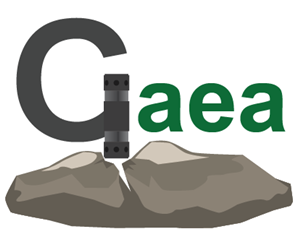Maintaining High-Efficiency Spiral Drill Rods for Optimal Performance
In the realm of exploration engineering, high-efficiency spiral drill rods play a pivotal role. However, their effectiveness can quickly diminish without proper post-use maintenance. Let's delve into the essential maintenance practices for keeping your high-efficiency spiral drill rods in top condition.
Regular Maintenance and Care
Establish a clear maintenance schedule for your drill rods to ensure timely rust and dust prevention measures are applied.
The selection of drill rods should be within the rated drilling distance of the drill rig, matching the rod to the rig based on its specific parameters and model specifications.
Geotechnical drill rods are usually constructed from specialized mining-grade exploration tubes with friction-welded joints, offering excellent flexibility and high tensile strength. This makes them suitable for conventional exploration and gas drainage in diverse geological conditions. When drilling through hard rock layers, coal, or other challenging environments, the actual physical properties and principal parameters of the drill rod material should dictate the drilling depth.
Pairing Drill Rods and Drill Bits
The drill bit generally should extend beyond the radius of the drill rod during operation. It's crucial to monitor the condition of both the drill rig and the rod continuously. If issues such as jamming or sudden stoppages occur, cease drilling immediately or retract the bit slowly to prevent bending or deformation of the rod.
When ventilating or flushing the drill rod, ensure a tight connection. If the rod contains sealing materials like O-rings, pay attention to their condition and replace them immediately if damage or corrosion is detected. After successful drilling, clean and maintain the sealing materials.
When connecting the drill rod, manually tighten gently to ensure a snug fit (for threaded connections). Do not use the rig to directly screw on the rod as this could cause damage.
Post-Use Considerations
If a drill rod becomes bent beyond the standard allowance, or if the threads are damaged to the point where normal operations are hindered, it should be scrapped or sent back for repair without delay.
Abide by geological exploration standards, ensuring drill rod depths comply with regulations to avoid detachment issues due to exceeding operational limits.
In acidic or basic regions, be wary of corrosion on drill rods. After successful drilling, promptly clean the rod's surface with water to remove any corrosive layers.
Storage and Handling
Store drill rods in a dry location with ample support at the base, and conduct regular cleaning and maintenance for long-term storage.
Avoid using drill rods as makeshift supports or platforms for heavy loads, and do not place them carelessly on gravel, coal heaps, or in disorganized piles.
Following rust and dust cleaning, attach protective caps or store the rods in sealed containers to keep them in a like-new condition.
By adhering to these maintenance guidelines, your high-efficiency spiral drill rods will remain reliable and ready for their next use, thus extending their service life and ensuring continued performance in your exploratory projects.





